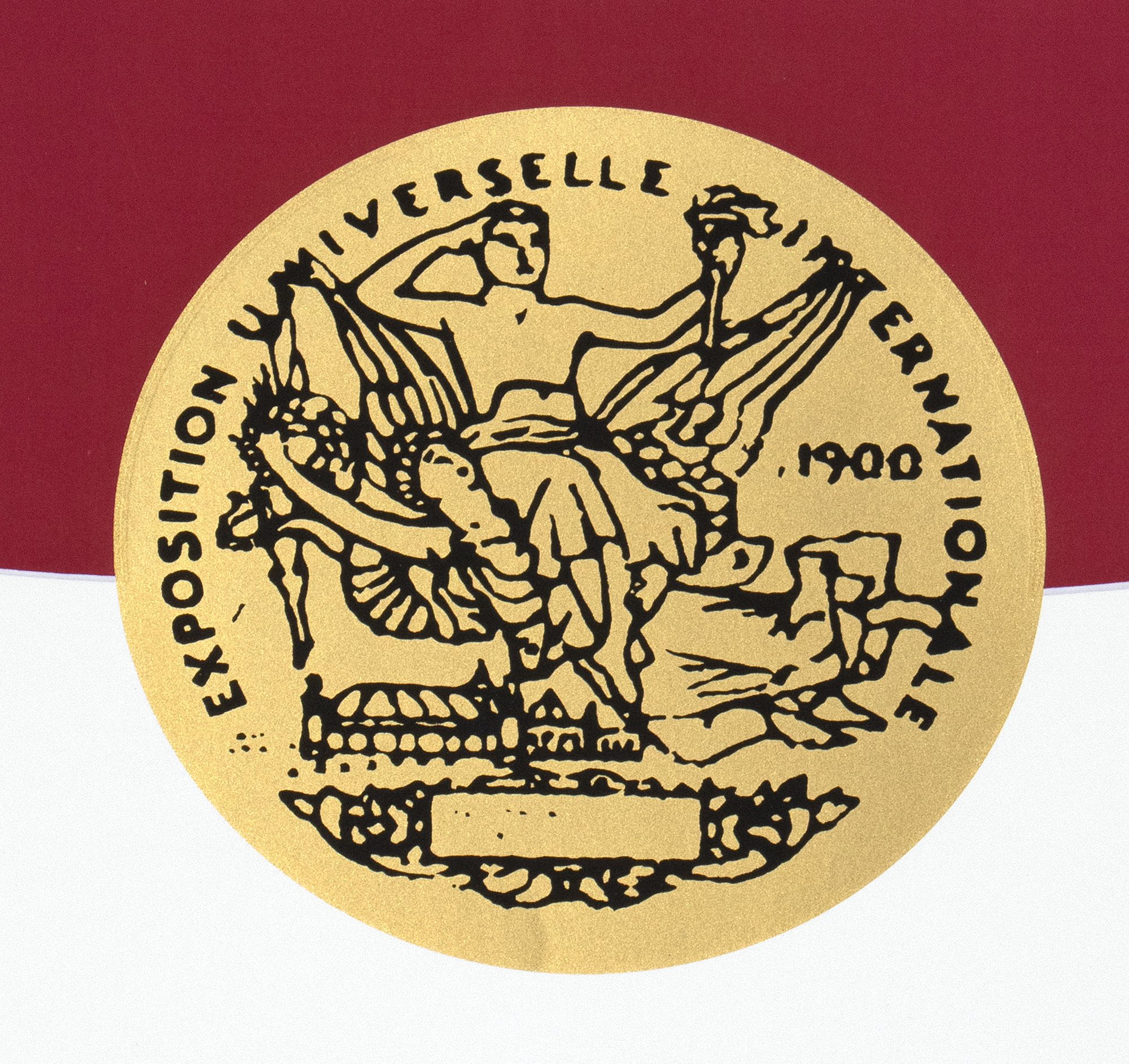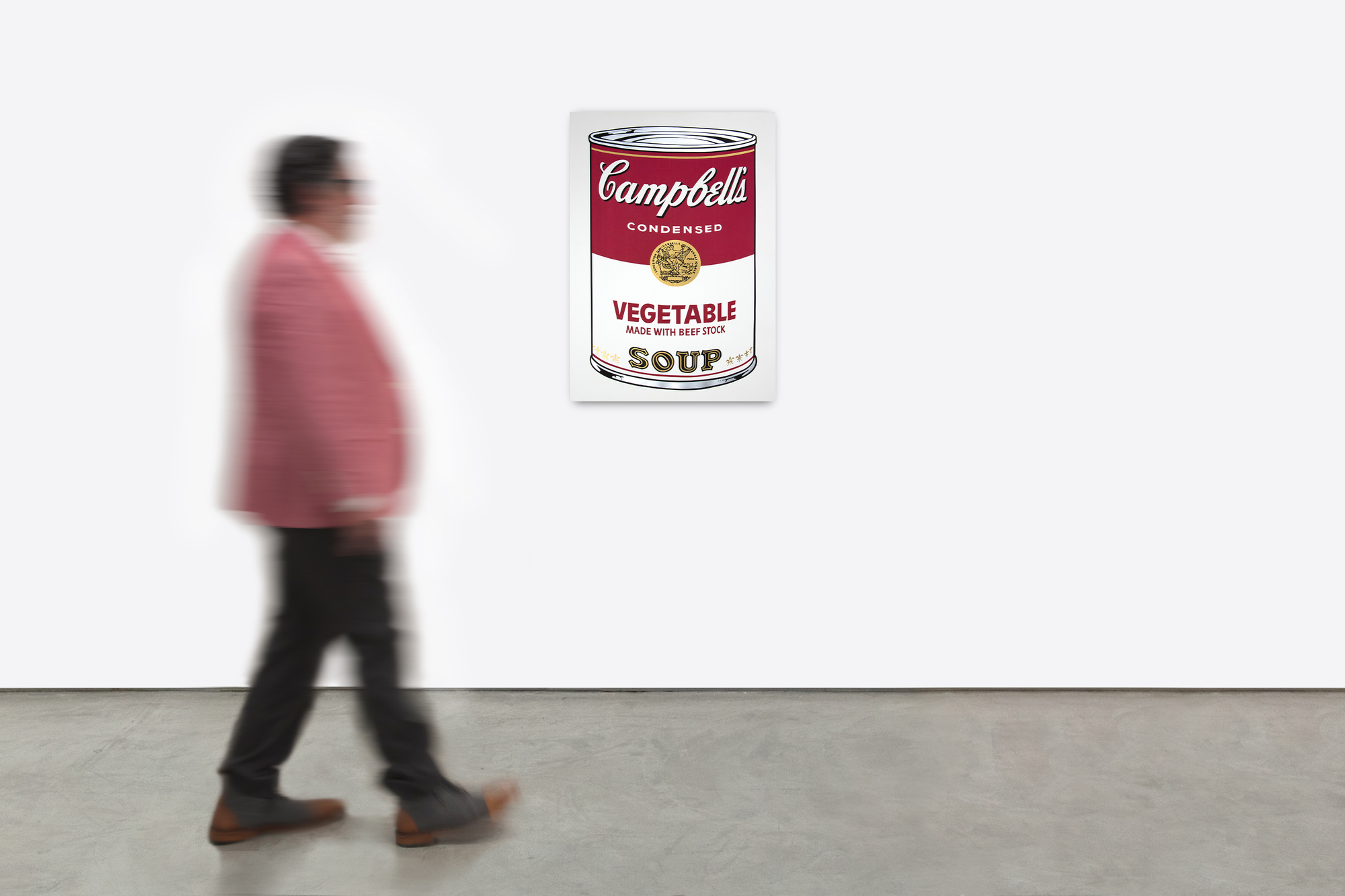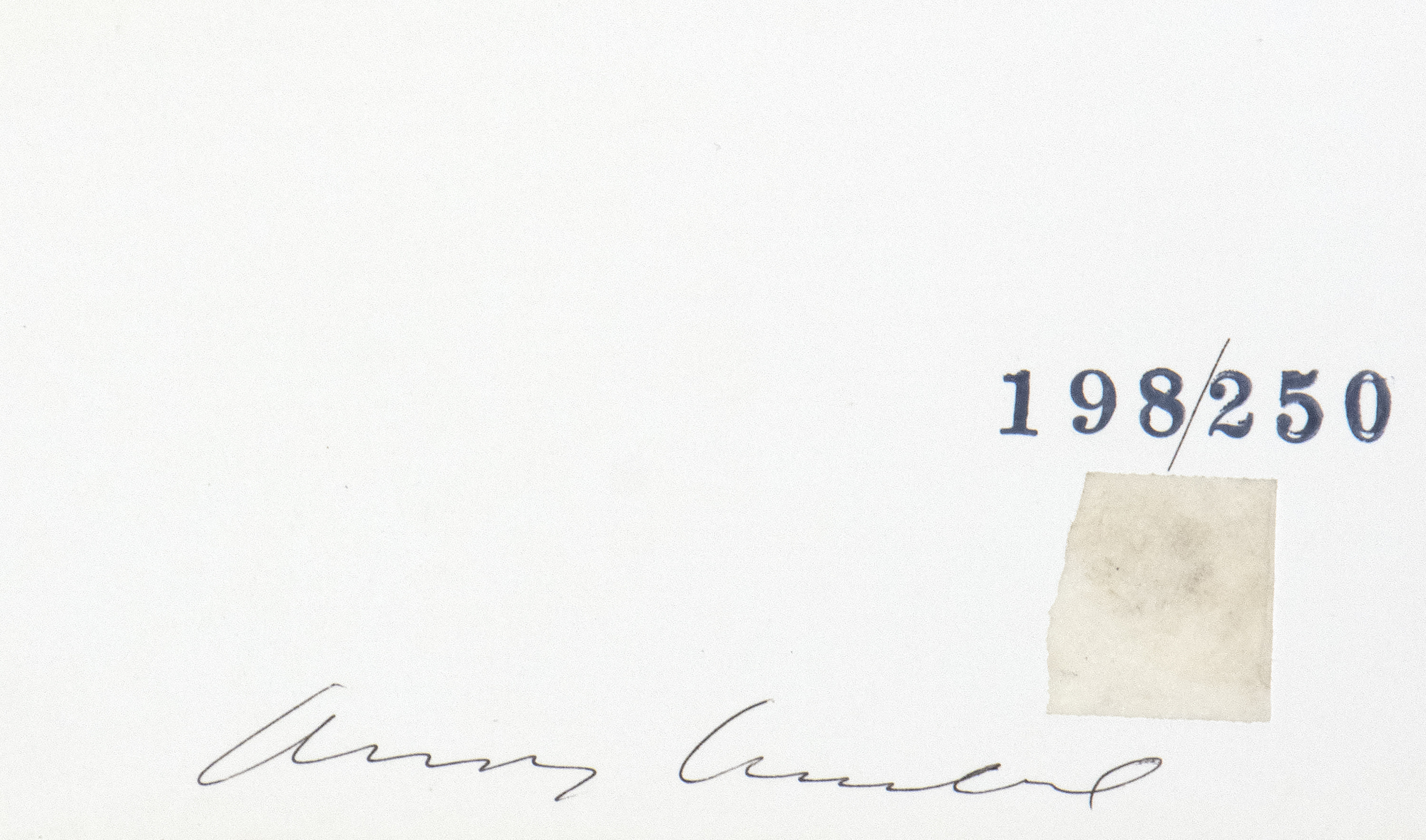ANDY WARHOL (1928-1987)










Provenance
Private CollectionLiterature
Feldman, F. & Schellmann, J., 1985, Andy Warhol Prints: a catalogue raisonné, R. Feldman Fine Arts, II.48100,000


